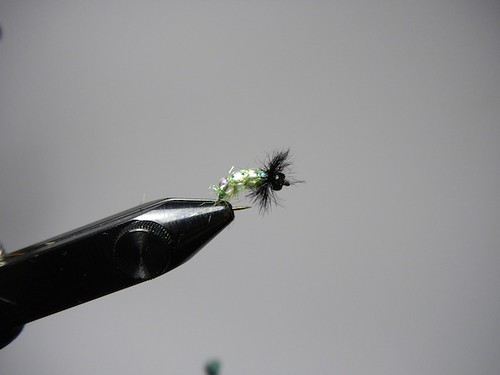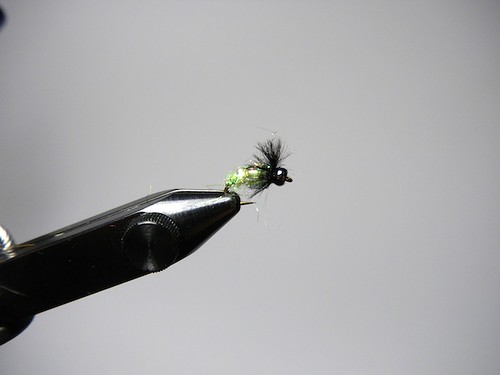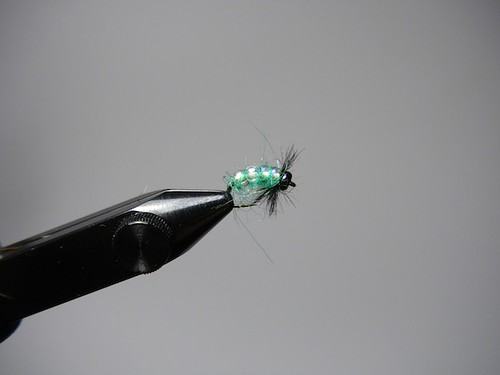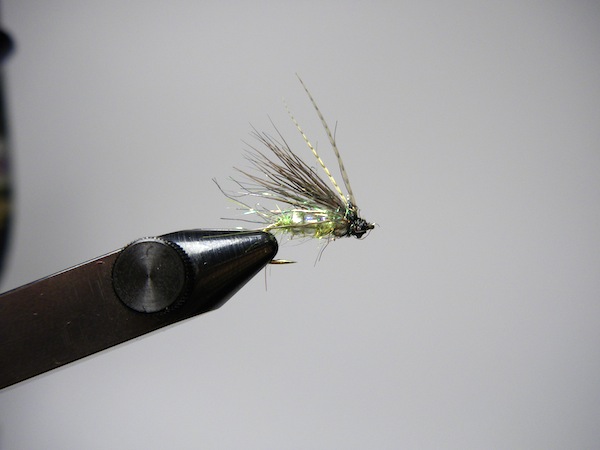gfen
Active member
- Joined
- Apr 8, 2007
- Messages
- 6,639
The stream I fish at has a really prolific caddis hatch, and I decided today while staring at a pile of junk to try and think outside the box. I've already made a successful version using tiny rubber tubing to create segmentation (and a dismal failure where I used the caddis green ice dubbing in lieu of peacock herl soft hackles).
So, barring the awful tying skills on display, do any of these have merit?

v1.0 ... Looked like too much stuff at the bend of the hook, but I thought it looked promising. So, we go onto....

v1.1 ... Huh, I like that, but this gives me an idea. First up, let's try to replicate it with a different colour...
 .
.
v1.2 ... No sir, don't like this material,or colour.

v2.0 ... Look, caddis pupa or whatever they're called seem like a good idea, but mine always float, and all the time. I thought these were supposed to ride at depth, not in the film. Ergo, this should float along til it swings, then rapidly move on up. I like this, alot, its a good idea, we'll see how it works in practice.

v2.1 ... This I like, alot. Between this at the refined larva, I think I may have something here.
So, barring the awful tying skills on display, do any of these have merit?

v1.0 ... Looked like too much stuff at the bend of the hook, but I thought it looked promising. So, we go onto....

v1.1 ... Huh, I like that, but this gives me an idea. First up, let's try to replicate it with a different colour...

v1.2 ... No sir, don't like this material,or colour.

v2.0 ... Look, caddis pupa or whatever they're called seem like a good idea, but mine always float, and all the time. I thought these were supposed to ride at depth, not in the film. Ergo, this should float along til it swings, then rapidly move on up. I like this, alot, its a good idea, we'll see how it works in practice.

v2.1 ... This I like, alot. Between this at the refined larva, I think I may have something here.



